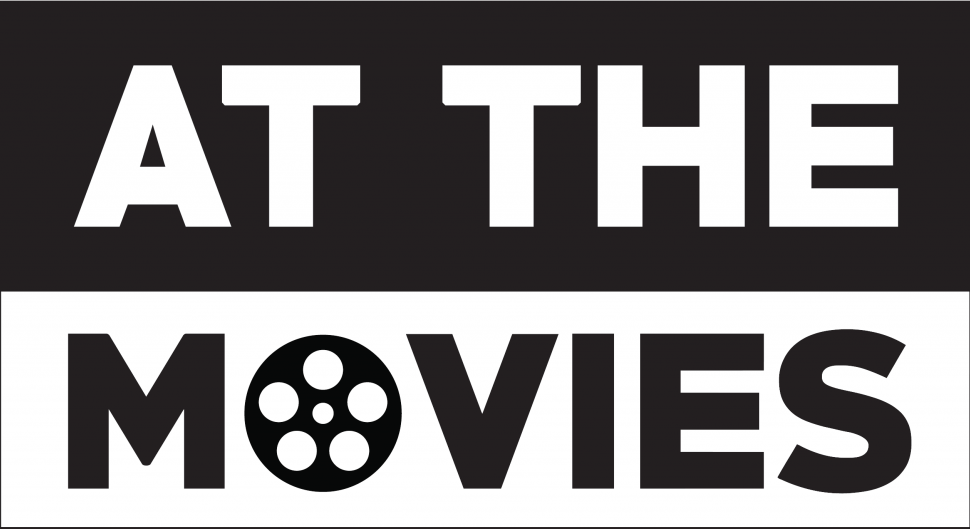The Biggest Little Farm is a modern day rendition of a James Herriot story that speaks to the realities of sustainable living in today’s world. It charms audiences with its beautiful cinematography and lovable animals without sugar coating the challenges involved in building and running a farm. Best of all, it’s a documentary about food and the environment that offers its viewers a refreshing dose of optimism.
The film, which was made over the course of 7 years, documents John and Molly Chester’s journey from living in a small apartment in the city to being owners of a successful, innovative farm. John, a cinematographer (conveniently) and Molly, a professional chef, lived in Santa Monica before their new dog’s incessant barking got them kicked out. They decided to turn this unfortunate situation into a great opportunity to finally pursue their dream of owning a farm. They move to Moorpark, California and purchase more than 240+ acres of land, livestock, equipment and a house on the land and establish Apricot Lanes Farm. How they could afford to do this is a significant missing piece to the puzzle of how they turned 240 acres of scorched earth into a glittering, green Eden. A brief reference is made to “some investors” but otherwise it’s not clear at all how they came up with the undoubtedly tremendous capital to purchase the farm.
However, once the documentary gets passed the happy-go-lucky phase of casting off the suburban life and returning to nature, it takes a deep dive into the realities of running any farm, let alone a farm that strives to exist in harmony with nature. The movie’s very first scenes are of the farm being threatened by raging California wildfires before flashing back to how Apricot Lanes began.
From the beginning, it seems like every problem they solve brings a new one with it. Reviving the dead soil lures in hordes of snails which eat the crops. Successfully raising livestock entices California coyotes. All of this poses a serious challenge to John and Molly’s resolve to have their farm mimic the balance of the surrounding ecosystem rather than override it. However, with the help of a wise and hippy-ish agriculture expert named Alan and a team of farmhands both young and old, they discover and implement the solutions that nature has already created for them. A flock of ducks becomes a way to control the slug problem. Coyotes and owls become a way to control the gopher problem. Chickens become a way to control the maggot problem.
Farming always has been, and always will be, very hard work. The Biggest Little Farm doesn’t dance around this fact, but it also shows the tremendous rewards that come from working with nature instead of against her. Through adorable animation, charming dialogue and an effective narrative structure, it has a quality level of storytelling uncommon in documentaries. Best of all, it gives viewers reason to believe there is hope for the future of our planet.





